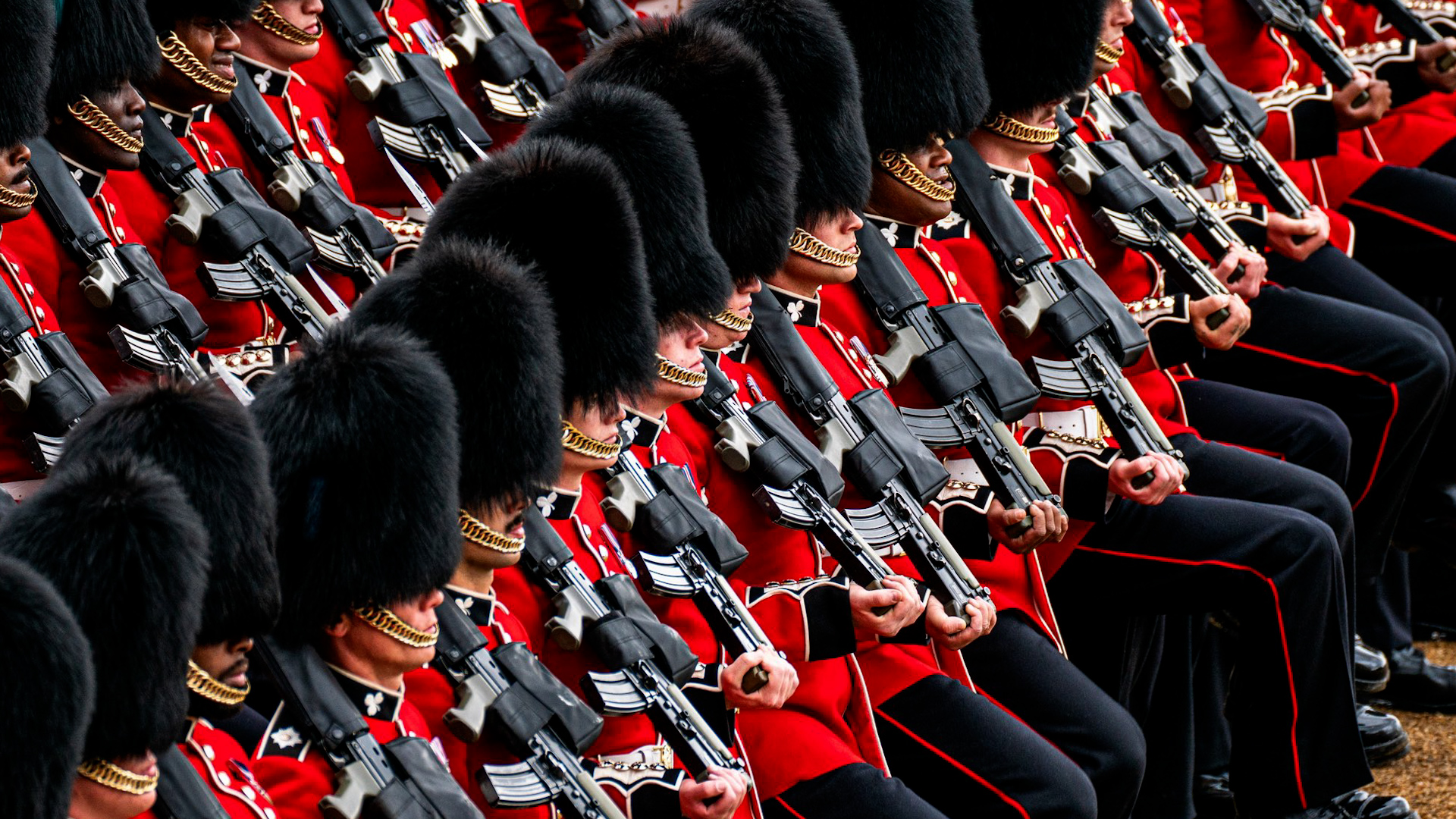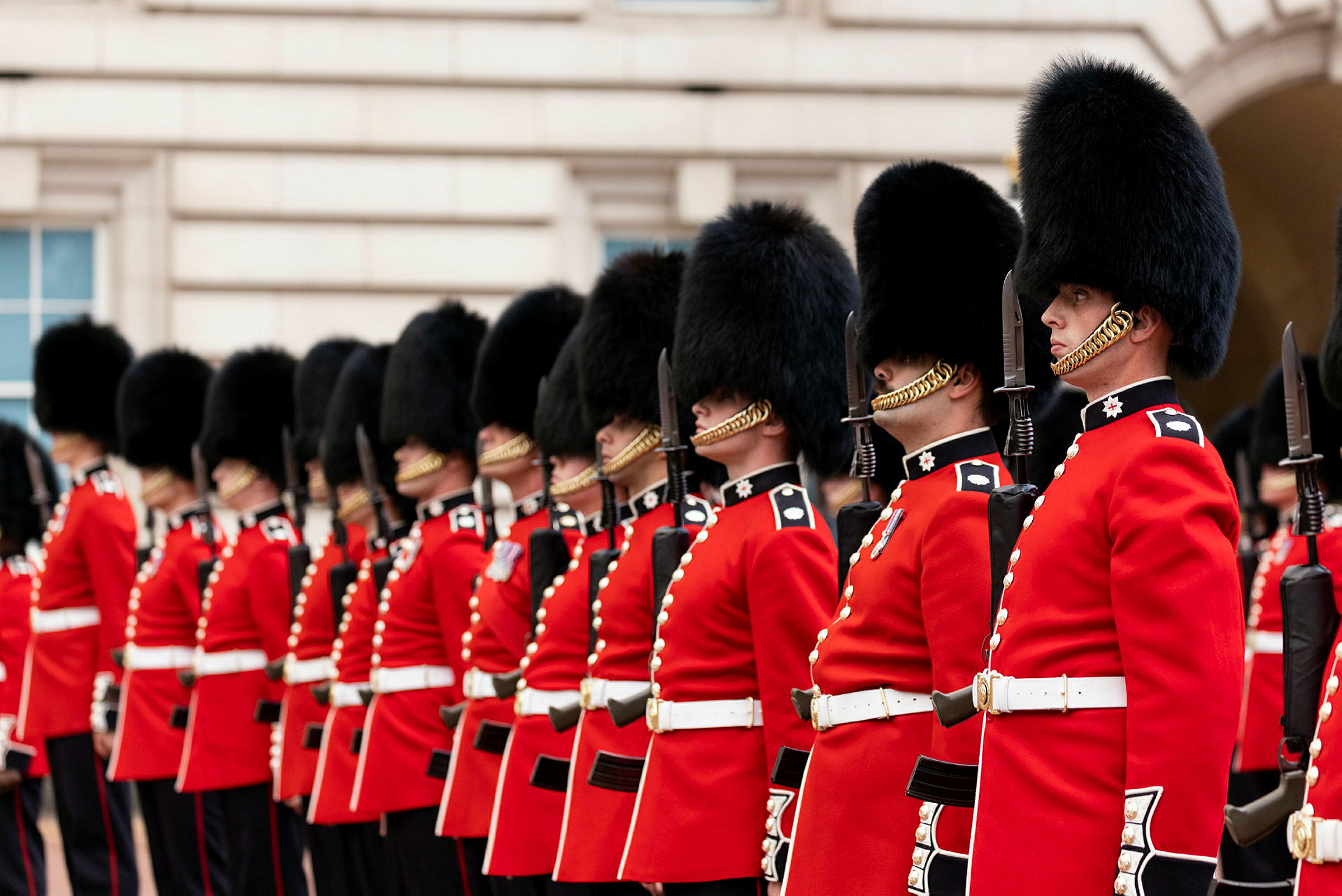
British Army announces cancellation of Changing of the Guard at Buckingham Palace

The iconic Changing of the Guard ceremony has been cancelled next week at Buckingham Palace.
The ceremony was due to take place on 24 June, however the event has been cancelled ahead of the upcoming State Visit of the Emperor and Empress of Japan.
The British Army said: "The Changing of the Guard ceremony will not take place on Monday 24 June at Buckingham Palace due to rehearsals for the forthcoming State Visit of Their Majesties the Emperor and Empress of Japan."
What is the history?
The Changing of the Guard ceremony originally took place at the Palace of Whitehall, which was the Sovereign's official residence in London until 1689. When the Court moved to St James's Palace, the ceremony took place there.
After Queen Victoria moved into Buckingham Palace in 1837, The Queen's Guard remained at nearby St James's Palace, with a detachment guarding Buckingham Palace, as it still does today.
Today, the main ceremony is conducted at Buckingham Palace.
The strength of the Guard is governed by the King's presence. If the Royal Standard is flying above the palace, the King is in residence and the number of sentries is increased.
When the King is in residence, there are four sentries at the front of the building and when he is away there are two.
What happens during the ceremony at Buckingham Palace?
The soldiers who are on duty, known as the Old Guard, 'form up' in front of Buckingham Palace.
They are then relieved by the New Guard who arrive after marching from Wellington Barracks, located in nearby Birdcage Walk, to the palace.
They are accompanied by a band or corps of drums, who play a selection of music ranging from traditional marches to songs from musicals and even familiar pop songs.
The ceremony represents a formal handover of responsibilities.
Changing of the Guard takes place in the forecourt of Buckingham Palace at 11:00 and lasts about 30 minutes. There is no Guard Mounting in very wet weather.

Ceremonial duties at Buckingham Palace, St James's Palace and the Tower of London take place on Mondays, Wednesdays, Fridays and Sundays.
The Changing of the Guard at Windsor Castle takes place on Tuesdays, Thursdays and Saturdays.
The Changing of the Guard at Horse Guards by the Household Cavalry takes place daily.
Which military personnel are involved?
The King's Guard is normally provided by one of the five regiments of Foot Guards from the Household Division – the Grenadier Guards, the Coldstream Guards, the Scots Guards, the Irish Guards and the Welsh Guards.
The Household Division of the Army also carries out other ceremonial such as Trooping the Colour and the State Opening of Parliament.
If they have operational commitments, other units, such as the Brigade of Gurkhas, also take part.









